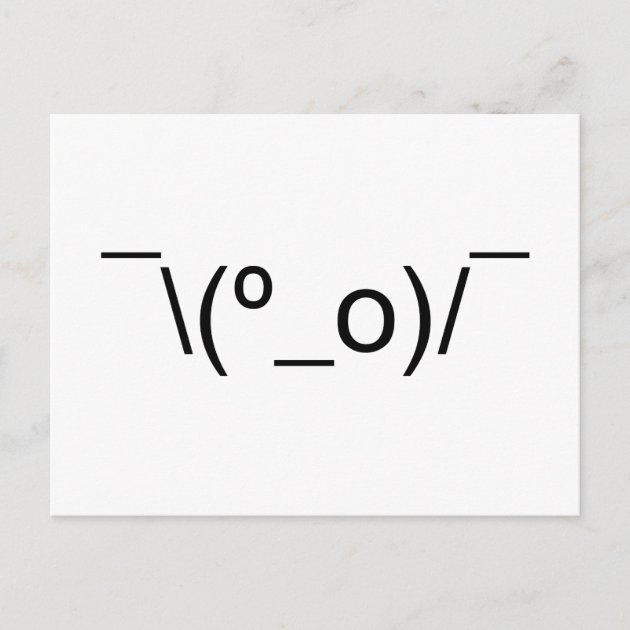
For example, “OK, let’s review cell structure, you can use your notes and diagrams if you need to…tell me what this is – they make proteins and can be found in the cytoplasm? After three, one, two, three…”.
Review: Students spend some time working on multiple questions related to the topic covered and the class are then questioned to review the content (with notes is fine). It provides opportunity to hear something deemed ‘excellent’ again and encourages more voices to say it and hear it in their heads (encouraging learning). Reinforce: Get a student(s) to repeat a key term of answer given by a peer. Report: Students who have been working on questions are asked to say/report what their answer was to a given question, “On three, everyone tell me your answer to number 2!”…obviously aimed at short, snappy answers. Repeat: Straight-forward, the class either repeat exactly what the teacher said, or complete a very familiar phrase used in the class/learning sequence. The five main types of Call and Response situation are summarised below, and are arguably listed in a hierarchy, listed in ascending order of academic challenge and rigour: 
Reinforcing behaviours – everyone responds, the expectation is that everyone gets involved.It is a technique to use time to time to build energetic, positive engagement.Ĭall and Response is a relatively simple technique but can accomplish a lot in terms of:


Call and Response involves asking your class to answer questions in unison.






 0 kommentar(er)
0 kommentar(er)
